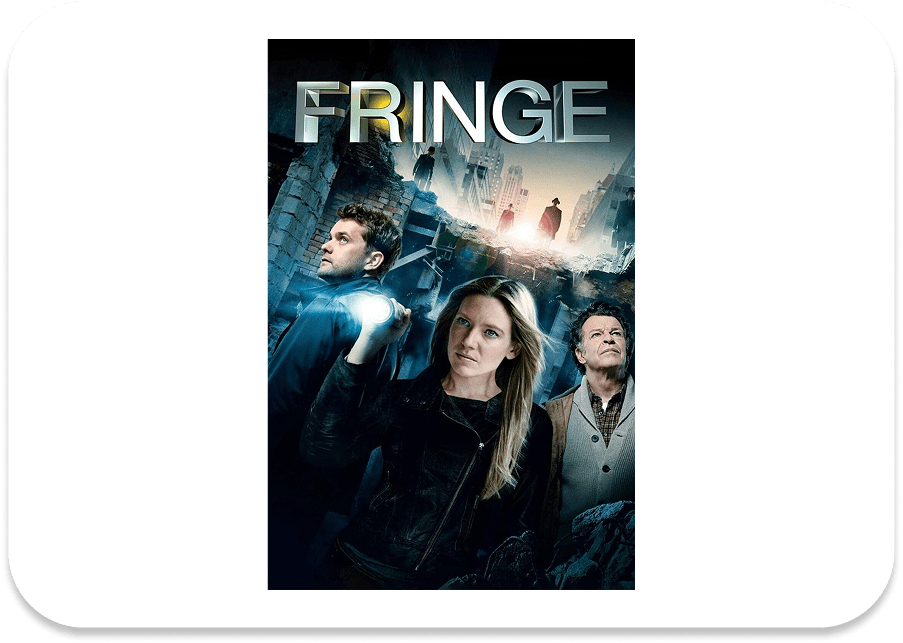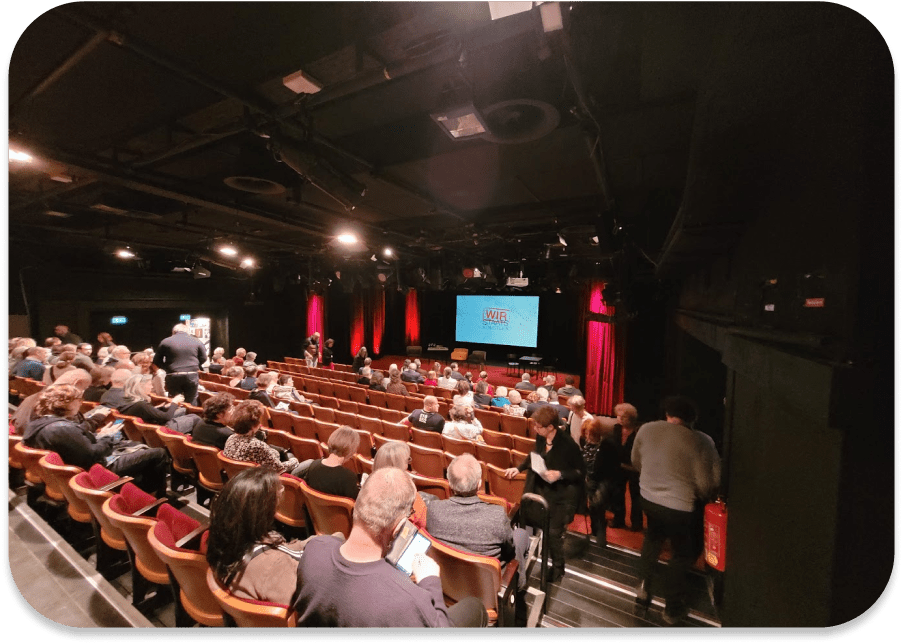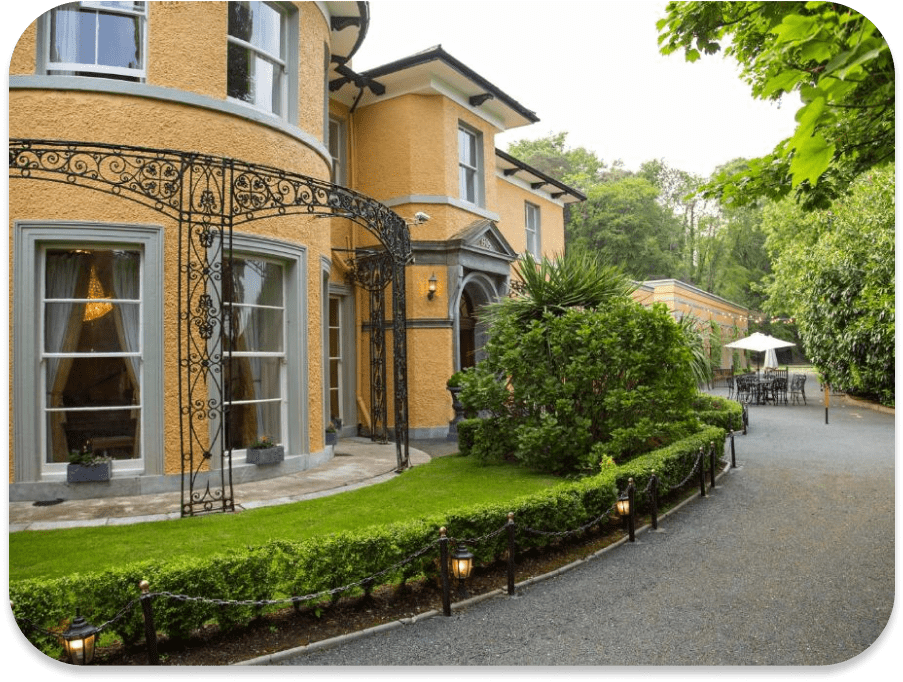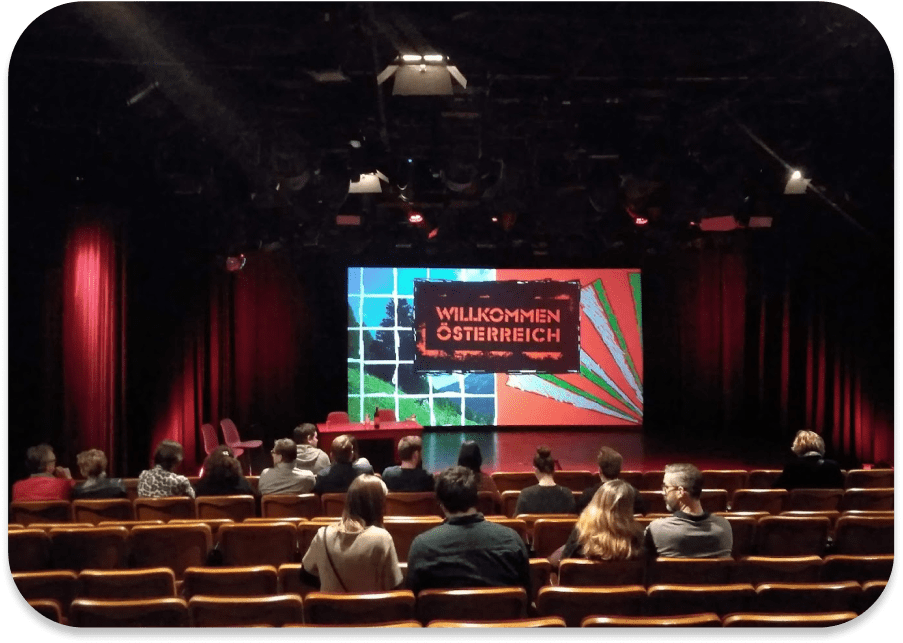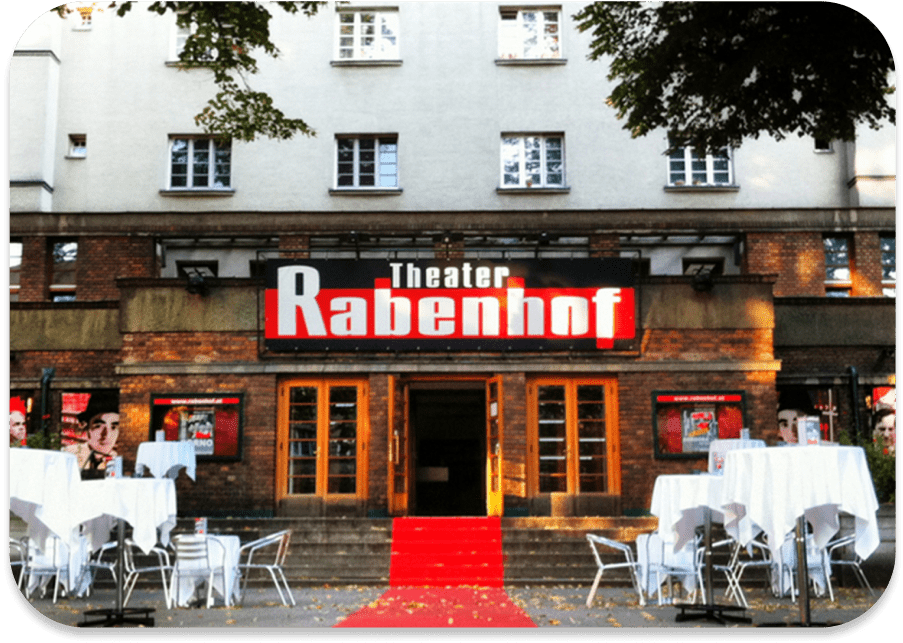Discover Rabenhof Theater: History, Performances, and Tickets
Located deep in Vienna’s third district Landstraße, Rabenhof Theater originally started as a ballroom for the social housing complex Rabenhof in the 1930s, until it morphed into a vibrant space for local and international performances.. Here’s why Rabenhof Theater should be on your Vienna itinerary.
A Journey Through History
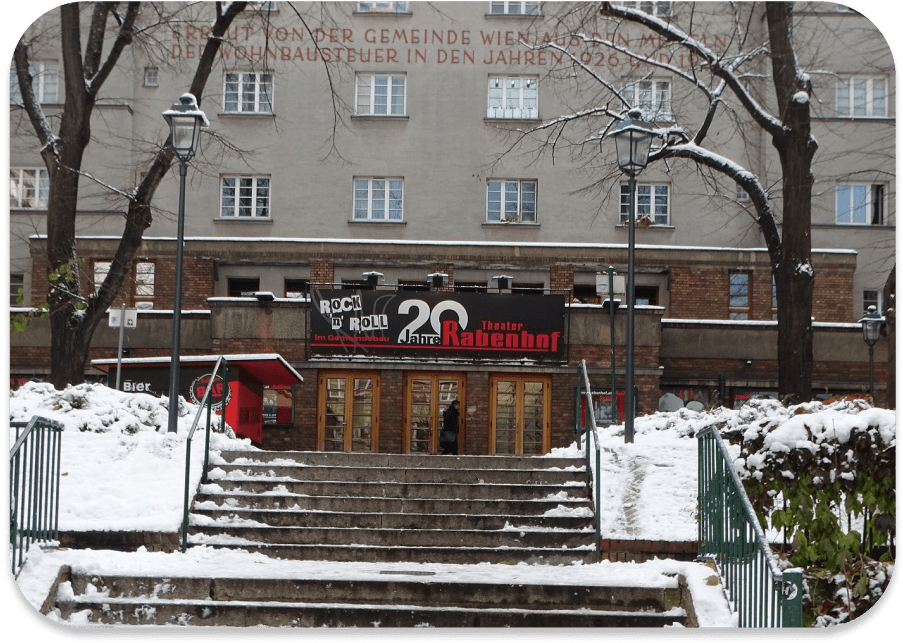
After closing in 1971, the building stood dormant for over a decade. Its revival began in 1988 when it became a third venue for the Theater in der Josefstadt. By 2000, under the leadership of Viennese theater director Karl Welunschek, it emerged as an independent stage. A major renovation in 2008, led by architect Peter Achhorner, restored its modernist charm and earned it the "Monument of the Month" award from the Austrian Federal Monuments Office.
Today, Rabenhof Theater testifies to Vienna’s cultural resilience, blending its historical roots with contemporary artistry.
The Fringe@Rabenhof Initiative
Partnering with the Edinburgh Fringe Festival, Rabenhof Theater launched the Fringe@Rabenhof series, bringing productions from the Edinburgh Festival to Vienna. This initiative introduced audiences to groundbreaking performances like The Frontier Trilogy by Jethro Compton and Am I Dead Yet? by Jon Spooner and Chris Thorpe. This international collaborations have kicked the theater from Landstraße into ‘outer space’, offering different perspectives and thought-provoking narratives.
Diverse Performances
Rabenhof Theater’s lineup is as diverse as Vienna itself: From classical drama to experimental theater, musicals, puppet shows, and literary evenings, there’s something for everyone. Here’s what makes its performances stand out:
1. Real-Life Experiences
What makes Rabenhof Theater so compelling for foreign visitors? In fact, many productions are deeply rooted in Viennese life, set in iconic locations like the Vienna Woods or the city’s communal housing estates. The plays often feature local characters—caretakers, street vendors, and civil servants—portrayed with wit, irony, and a touch of social critique.
2. Musical Performances
Besides theater and drama,Rabenhof powersconcerts and musical theater productions by artists like Ernst Molden, Wolfgang Schlögl, and Voodoo Jürgens.. Each year, the Protest Song Contest, co-hosted by local radio station FM4, brings powerful social and political messages to the stage through music.
3. Viennese Dialect
The theater’s use of the Viennese dialect creates a strong connection with local audiences, grounding the stories in Vienna’s cultural and linguistic traditions. Many performances are delivered in the local dialect, offering an authentic reflection of the city’s heritage.
For visitors struggling with the Viennese dialect dialect, the theater provides English subtitles for certain performances. Program guides are also available in English and other languages, so everyone can follow the stories and appreciate the context of the productions.
Local and International Talent
Rabenhof Theater has hosted an impressive roster of artists, from Austrian cabaret stars like Stermann & Grissemann and Andreas Vitásek to emerging talents finding their big break. The Literature Salon in the Community Building has welcomed international authors like Nick Hornby, T.C. Boyle, and Jonathan Franzen, offering a platform for literary exchange.
How to Book Tickets
Booking tickets for Rabenhof Theater is simple. Visit the official website to check the current schedule and reserve your seats. Popular shows and weekend performances often sell out, so it’s best to book in advance. Ticket prices vary depending on the performance, but the experience is always worth it.
The Architecture: A Blend of Old and New
Rabenhof Theater’s ballroom, was converted into a cinema in 1934, with seating rearranged to face the opposite direction. During the 2008 renovations, hidden architectural elements were uncovered, including wine-red and yellow tile bands and brass handrails inspired by the Wiener Werkstätte style.
The foyer’s lighting design is another highlight. The coffered ceiling, fitted with opaque glass, mimics a skylight and is enhanced by a modern LED system. This interplay of light and shadow creates a dramatic atmosphere, blending the venue’s historical roots with contemporary innovation.
Location and Accessibility
Address: Rabengasse 3, Landstraße, Vienna
Public Transport: Easily accessible by tram, bus, or U-Bahn.
Nearby Attractions: Close to landmarks like the Belvedere Palace and Vienna’s city center, making it a perfect stop on a cultural tour of the city.

